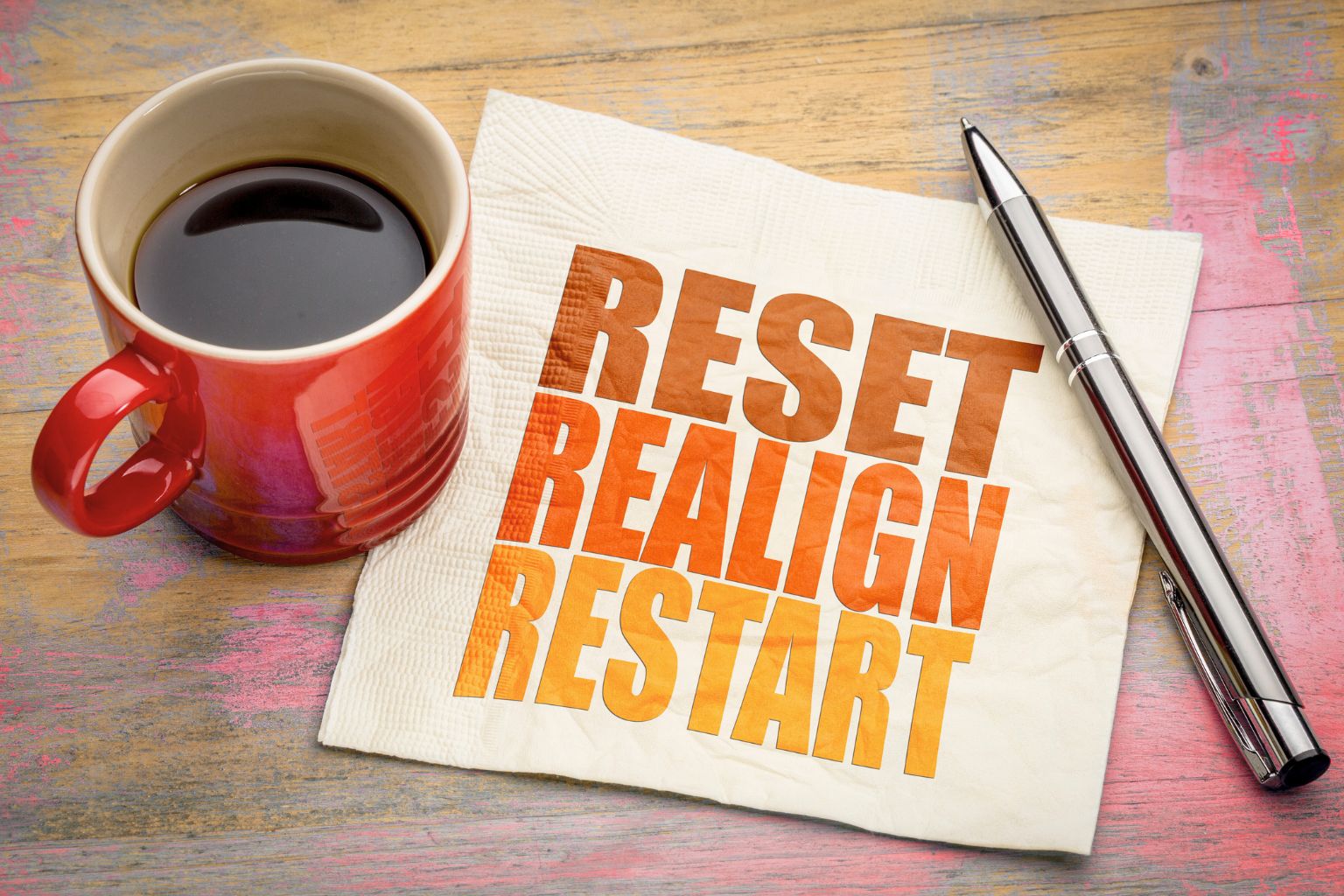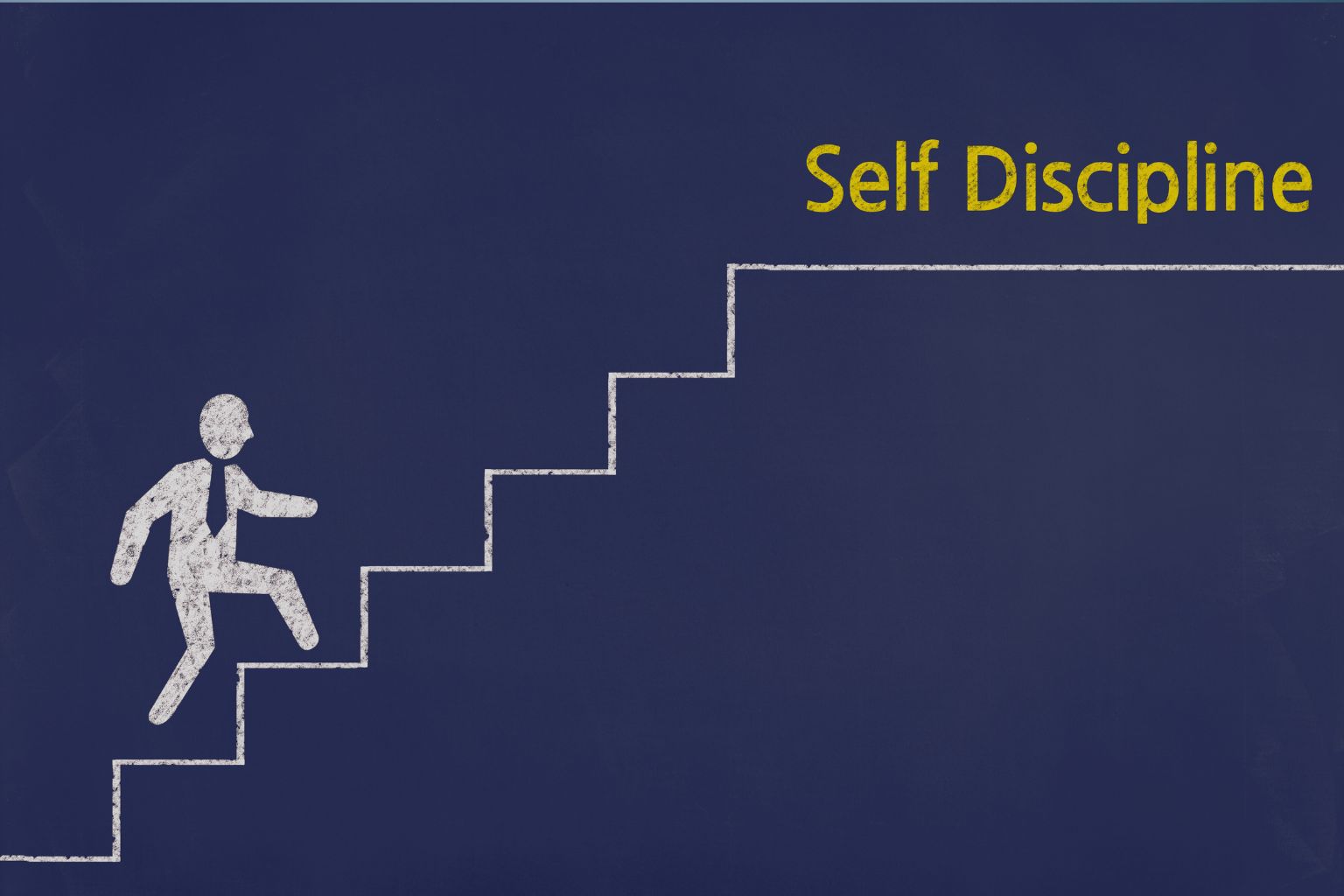Make Results Inevitable with Goals That Actually Stick
The Real Reason You’re Spinning Your Wheels
You start the month strong: new planner, high motivation, a long list of goals.
But by the 10th…? You’re already off track.
By the 20th? You can’t even remember what half those goals were.
Sound familiar?
What you’re missing is a method that makes short-term goals that stick — goals you not only set but actually hit.
This isn’t about setting another list. This is about rewiring how you operate — with action systems, emotional clarity, and mental discipline for success.
Let’s break down how to make monthly goals feel exciting, achievable, and addictive — like a win streak you never want to break.
Why Most Short-Term Goals Fail (And How to Flip the Script)
Most people set goals wrong.
Here’s why they fall apart:
- Too vague: “Be more productive.” What does that even mean?
- Too many: Five different goals, zero follow-through.
- No feedback loop: You don’t know if you’re winning until it’s too late.
- No emotional connection: If it doesn’t move you emotionally, it won’t move you physically.
But when you set short-term goals that stick, everything changes. These are the kind of goals that fit into your actual life, light you up emotionally, and are engineered for follow-through.
And when done right, they don’t just get you results — they build your identity.
Step 1: Anchor Your Month with a Power Goal
Every month needs one “Power Goal” — a single, clear, emotionally charged target that directs your energy.
Ask yourself:
“What result, if achieved this month, would move my life forward most?”
Examples:
- Book 3 new clients
- Create and launch a 5-email nurture sequence
- Go to the gym 15 times
- Publish 4 blog posts
Then take it one step further: connect it to meaning.
Instead of: “Go to the gym 15 times”
Say: “Prove to myself I can be consistent with my health no matter how busy I am.”
That’s how you create short-term goals that stick. You fuse clarity with emotion.
Step 2: Break the Goal Down into Weekly Commitments
A Power Goal with no plan is just a wish.
To make it actionable, reverse-engineer it into weekly checkpoints. Let’s say your monthly Power Goal is to publish 4 blog posts. Your weekly structure might look like:
- Week 1: Outline all 4 posts
- Week 2: Write post 1 + 2
- Week 3: Write post 3 + 4
- Week 4: Edit, format, and publish
Every week becomes a controlled sprint — a short window of focus that makes the big result feel totally doable.
And every finished week triggers a shot of dopamine. Your brain learns that momentum feels good. That’s how you make short-term goals that stick naturally.
Step 3: Build a Daily Habit that Serves the Goal
This is where most people miss the magic.
Monthly and weekly goals are essential. But what makes them stick is your daily behavior.
Even just 20–30 minutes a day of focused action compounds faster than sporadic big pushes.
For example:
- Goal: Book 3 new clients → Daily habit: Message 3 warm leads every day
- Goal: Write 4 posts → Daily habit: 30 minutes of writing before work
- Goal: Work out 15 times → Daily habit: Put gym clothes out every night
Use your mental discipline for success to follow through on these daily cues — even when it’s boring or uncomfortable.
Because once it becomes identity-based (“I’m someone who takes daily action”), it stops being a chore and starts being who you are.
Real-Life Story
Let’s talk about Lila — a content creator who was always busy but felt like she wasn’t moving forward.
Her problem? No structure. No rhythm. No wins.
We helped her set just one Power Goal: publish 2 YouTube videos in a month.
She broke it into:
- Week 1: Brainstorm and script
- Week 2: Record
- Week 3: Edit video 1
- Week 4: Edit video 2 + upload
Her daily habit? 45 minutes of focused YouTube time right after her morning coffee.
By the end of month one, she didn’t just hit her goal — she felt energized. Like she could finally trust herself again.
That’s the beauty of short-term goals that stick. They restore your confidence — one micro-win at a time.
Step 4: Add Emotional Triggers to Your Environment
Goals that stick need reminders that pull you back into focus.
Try this:
- Put your Power Goal on a sticky note and place it on your laptop
- Set a phone alarm that says, “How are you showing up today?”
- Use a monthly calendar to mark every day you make progress (streaks matter)
These subtle cues rewire your brain — they activate emotional memory, accountability, and excitement.
The more your surroundings support your goal, the more natural it feels to chase it.
That’s how you spark consistent personal reward systems — a key driver behind short-term goals that stick.Step 4: Add Emotional Triggers to Your Environment
Goals that stick need reminders that pull you back into focus.
Try this:
- Put your Power Goal on a sticky note and place it on your laptop
- Set a phone alarm that says, “How are you showing up today?”
- Use a monthly calendar to mark every day you make progress (streaks matter)
These subtle cues rewire your brain — they activate emotional memory, accountability, and excitement.
The more your surroundings support your goal, the more natural it feels to chase it.
That’s how you spark consistent personal reward systems — a key driver behind short-term goals that stick.
Step 5: Track, Celebrate, and Reset
What gets measured gets improved.
At the end of each week:
- Rate your progress 1–10
- Ask: What worked? What got in the way?
- Adjust your next week’s plan
This is where mental discipline for success shines — because true discipline isn’t about being perfect. It’s about course-correcting fast.
At the end of the month, celebrate like crazy. Post about it. Tell a friend. Do something rewarding.
Because if your brain associates completion with pleasure, it will seek to repeat the behavior.
Bonus Tips to Supercharge Your Monthly Goal Wins
🔹 Use Micro-Deadlines
Break your tasks into 1- to 2-day chunks. Avoid “due at end of month” — too much room for procrastination.
🔹 Choose 1–2 Personal + 1–2 Professional Goals
Keep your load light and strategic. You’re not trying to do everything — you’re trying to do what matters.
🔹 Pair Goals with Identity
Instead of “I’m trying to write more,” say, “I’m a consistent content creator.” Identity drives action.
Short-term goals that stick – Shift That Changes Everything
Short-term success isn’t just about execution. It’s about belief.
When you start setting and hitting goals consistently, you stop seeing yourself as someone who tries — and start seeing yourself as someone who finishes.
That’s a massive shift. It’s emotional. It’s powerful.
And it’s built one month at a time.
When you commit to short-term goals that stick, you’re not just chasing results — you’re becoming someone you trust. Someone who takes action, stays on mission, and doesn’t fold when things get hard.
That’s not just productivity.
That’s mental discipline for success in action.
The Win Is in the Follow-Through
The calendar flips. The month ends. The world keeps spinning.
But YOU?
You get to decide what you’ve built when that month ends.
If you follow these steps — just one Power Goal, one plan, and one habit — you’ll be shocked at how far you can move in just 30 days.
And the best part?
You don’t have to wait for motivation. You’ve got a system now.
Set short-term goals that stick. And stack win after win.

















Share it!